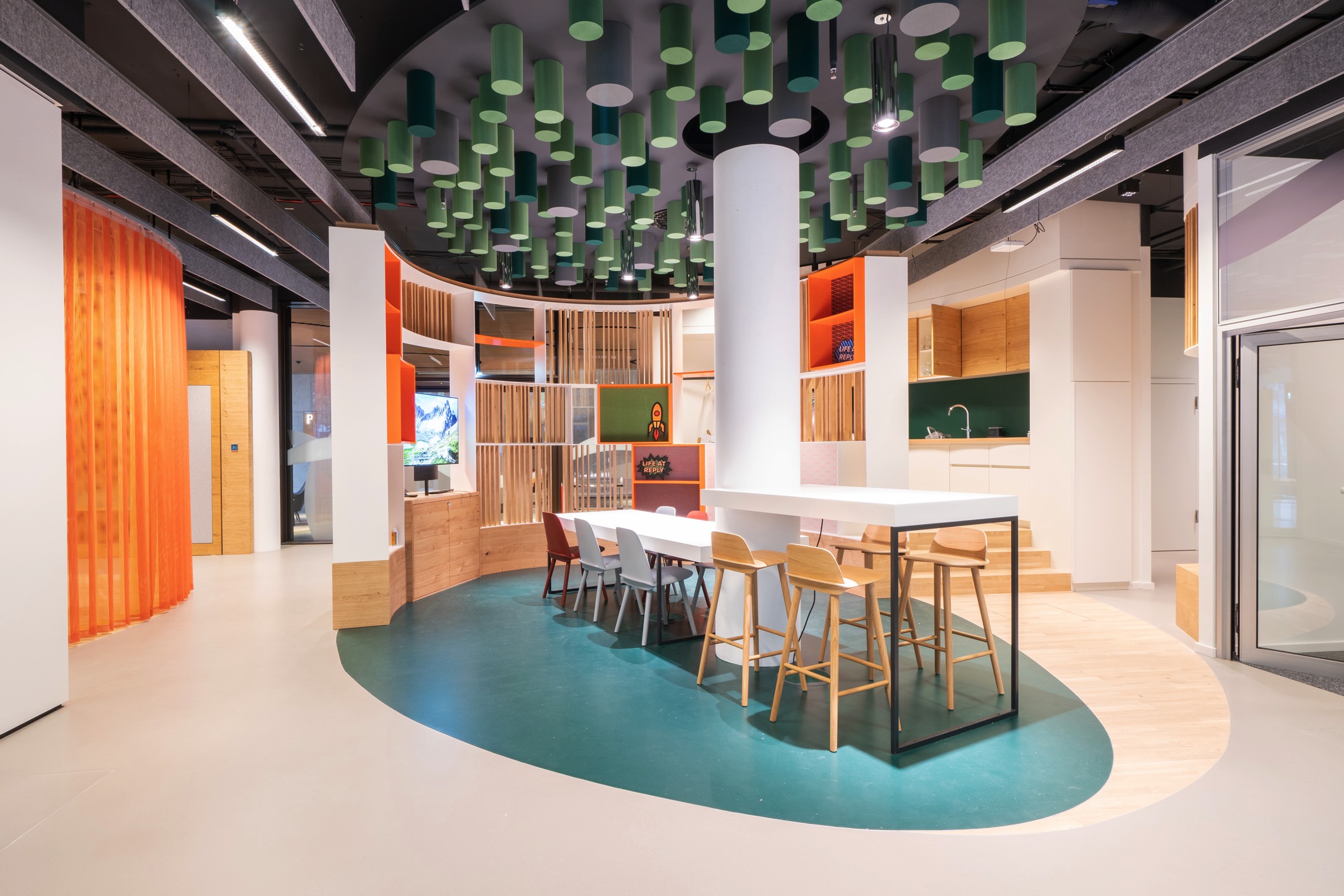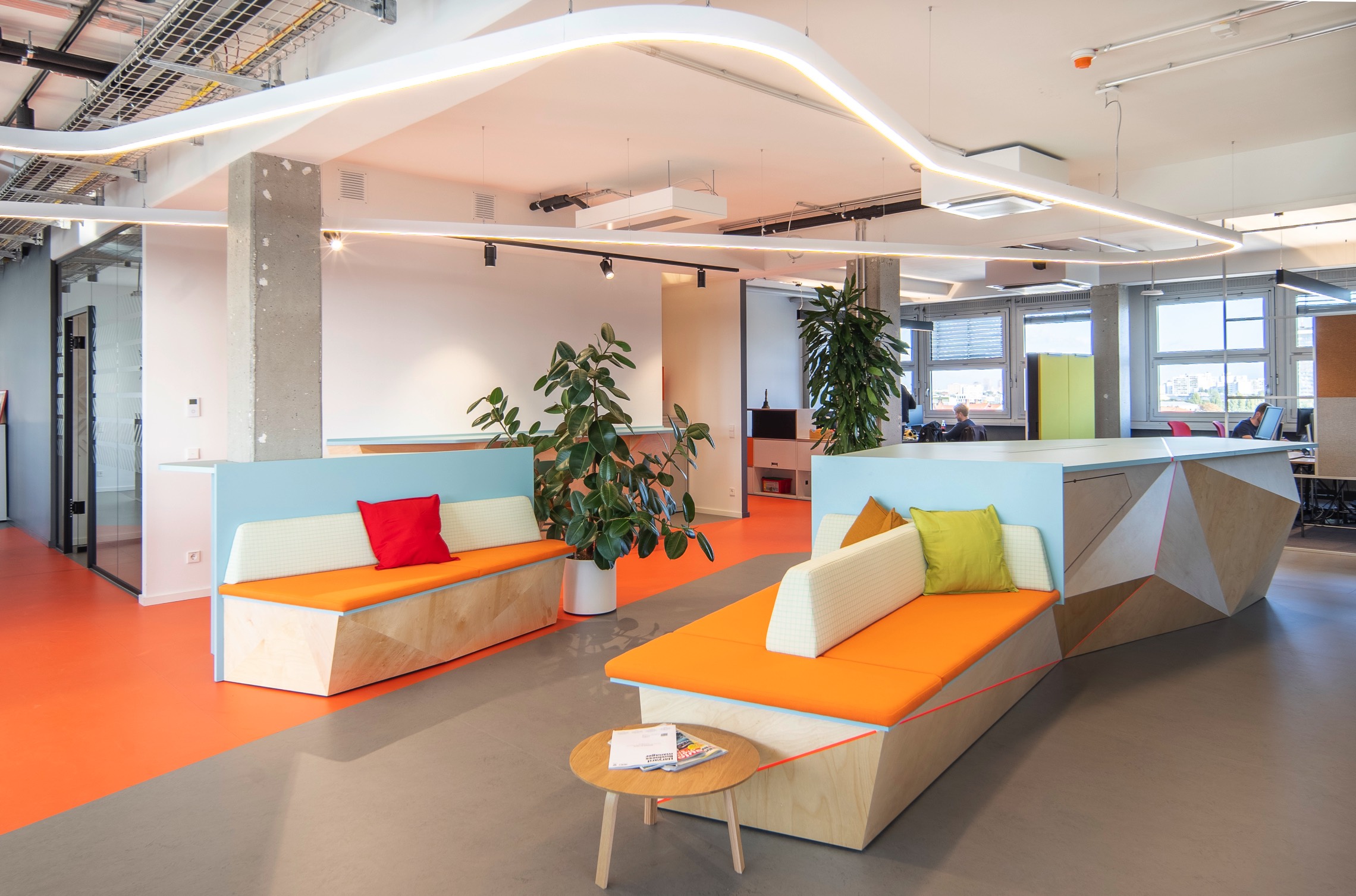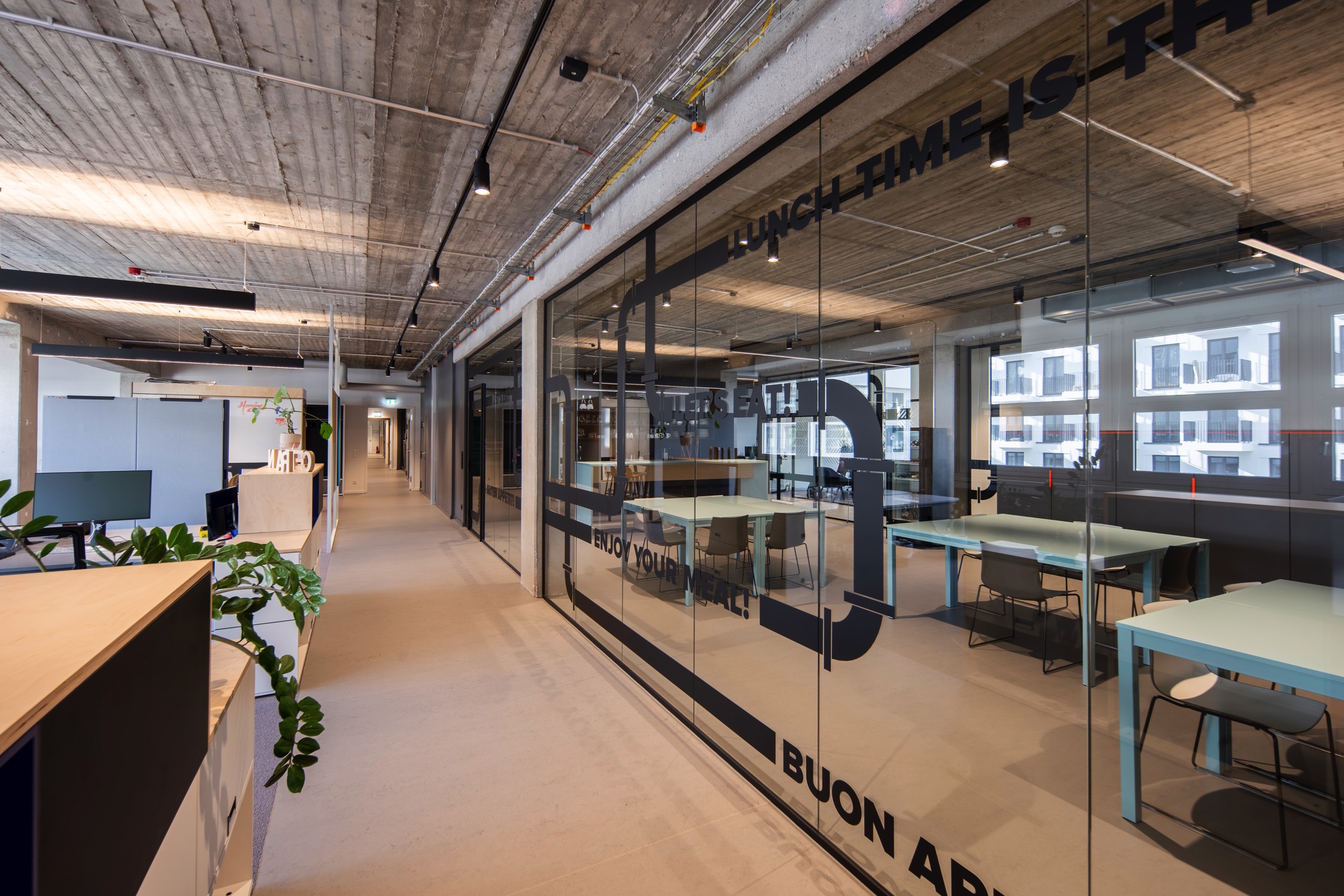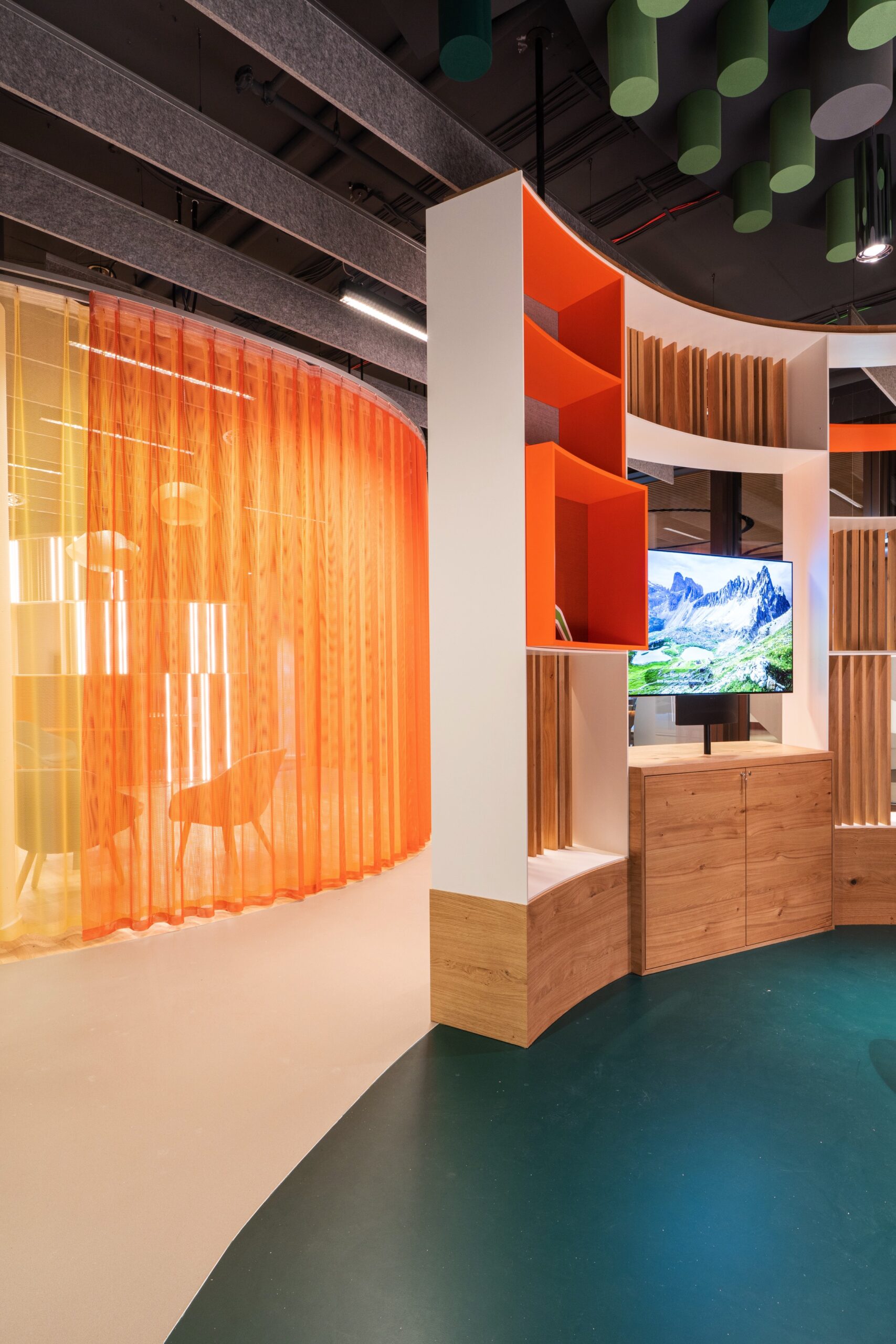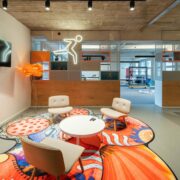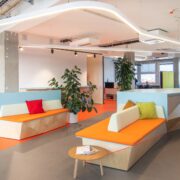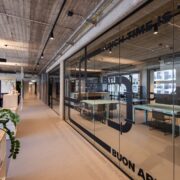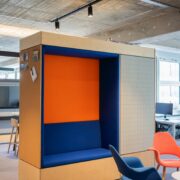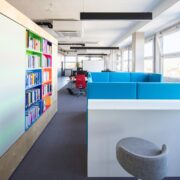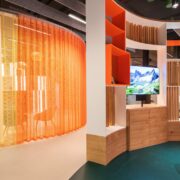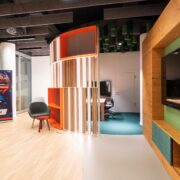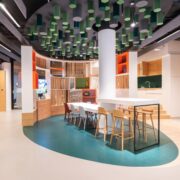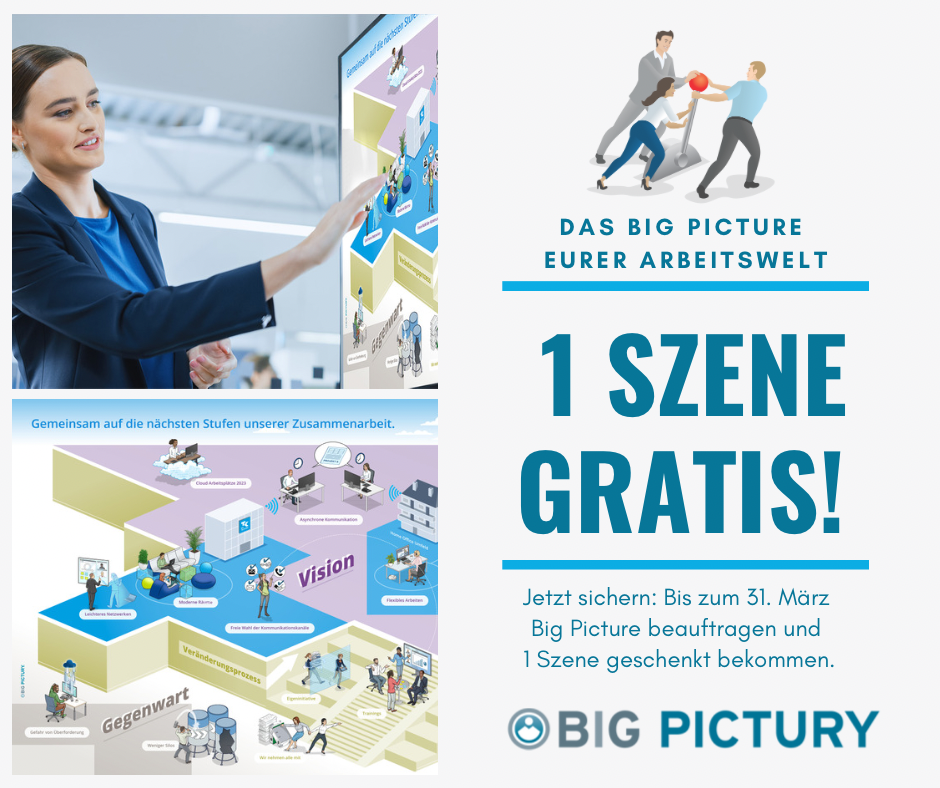Some companies plan to reduce their office footprints by up to 50 per cent / CSMM recommends using hybrid work models to turn newly vacant spaces into places of possibility / The right balance between working from home and being part of a community can provide a greater sense of purpose
Not even the huge advances we’ve made in digital technology can obscure the fact that the pandemic and its restrictions have radically changed office culture as we know it. Remote working has become the day-to-day reality for many today, and a large majority of employees in Germany are calling for work-from-home policies to continue. Corporate schemes to reduce office footprints by as much as 50 per cent post-pandemic completely miss the mark, according to Sven Bietau, Managing Partner at the Munich-based consulting and architecture firm CSMM: “In such turbulent times as these, I can understand why these plans seem appealing, but they are extremely short-sighted. We should be focusing instead on how to mitigate the massive changes taking place in society and introduce workplace innovations designed to motivate people. Of course, we may be able to cut some space with hybrid work models, but the more pressing issue for corporate success is figuring out how to accommodate more in-person communication in our workplaces. This space is crucial for the creative process.”
The working world was already changing before the pandemic hit. But the transition towards more hybrid work models really gained momentum when we went into lockdown and started demanding more flexibility and better technological tools. In the end, the move to remote working was smooth and successful enough – even if it came at a high price. We not only put employees’ health and welfare at risk due to a lack of ergonomic equipment and the challenge of finding the right work-life balance. Above all, it became clear that working from home seriously limits our opportunities for social interaction and community-building. That is why Bietau thinks our current situation is only a stopgap solution, one we should leverage to create more appealing hybrid workplace models: “In socio-cultural terms, the pandemic has had an immense impact on us as a society. It is up to us as architects to find a suitable spatial and structural response. We cannot simply abandon the space freed up in new hybrid workplaces; instead, we should reimagine the office as a place of possibility that cultivates in-person communication. In addition to space for formal meetings and events, we need workplace designs that facilitate chance encounters, informal conversations and more togetherness. This is what enables employees to experience the office as a home away from home, a place in which they are emotionally invested.”
Motivation and a sense of purpose
Along with an analysis of our current offices in terms of space and workflows, Bietau believes it is vitally important to involve employees in any major workplace changes. Playing a part in the decision-making process allows employees to form a stronger bond with their employer. At the end of the day, the ideal model offers a flexible workplace with remote and in-person work as well as on-site interaction and community. The three pillars of people, technology and space are crucial here. The best way to maximise employee motivation and sense of purpose is to provide the right technological tools and a mix of collaborative and retreat spaces that meet your employees’ expectations of flexibility. “It is now the employers’ responsibility to not only make their workplaces fit for the future, but also their employees,” Bietau believes. “In fact, it should be our goal as a society to ensure we have a workforce that is happy and healthy as well as workplaces that promote well-being yet are also flexible enough to meet the challenges of the future.”
Future-proof workplaces
The two-pronged approach of remote working and a strong sense of community is what enabled us to combat the pandemic, and they shouldn’t be seen as mutually exclusive after the current crisis has passed. It is possible for both to peacefully and meaningfully coexist in the professional context. Bietau: “Instead of thinking about our workplaces exclusively in terms of a bigger or a smaller footprint, we should focus instead on finding the best use of the existing space and the most beneficial redesign options. Employers that allow more space for contemplation, collaboration and creativity will automatically be in a better position to bridge the pandemic-driven divide between the individual and the community. That will create an environment that doesn’t require employees to choose between working from home or in the office. An environment that gives companies ample room to grow in the future.”
CSMM, Munich, December 2021
